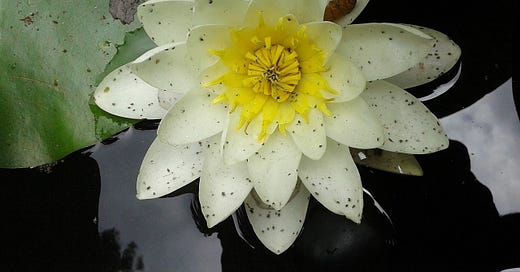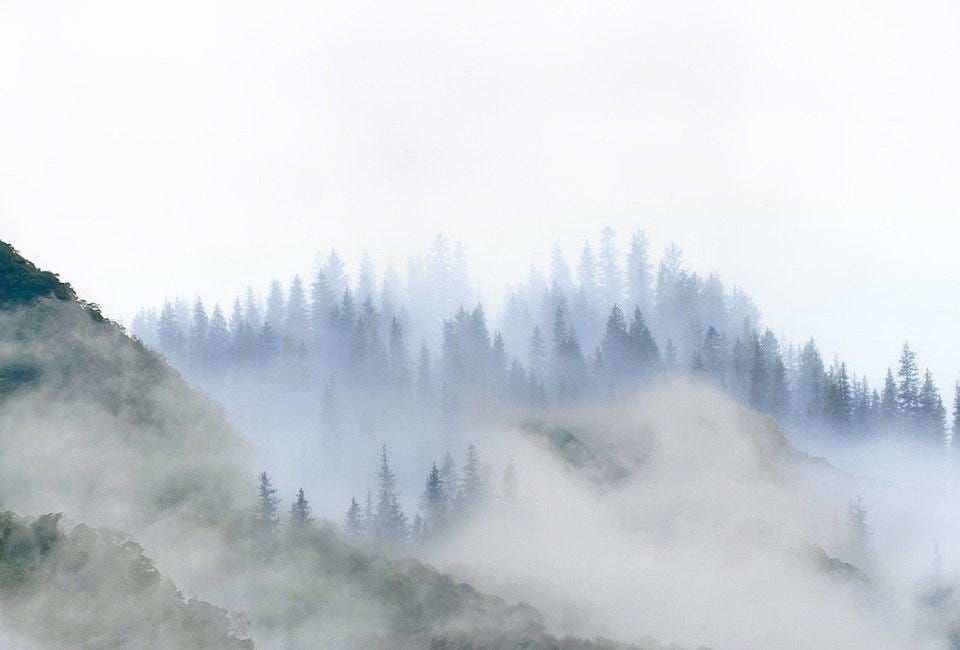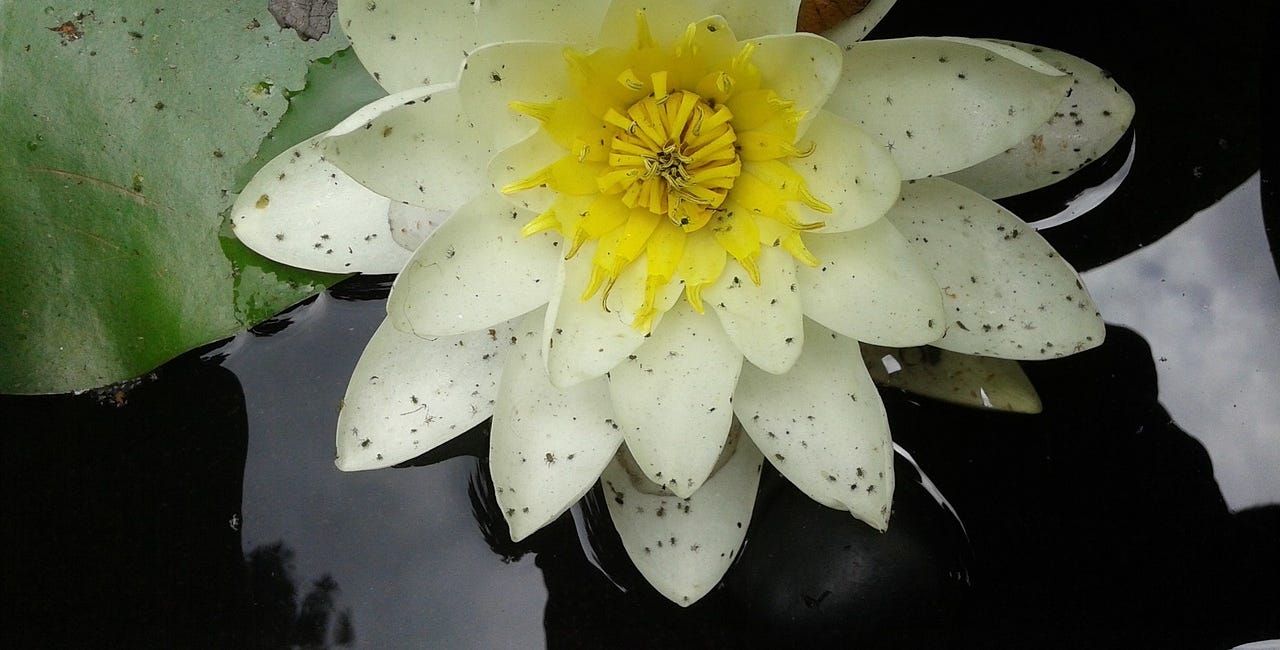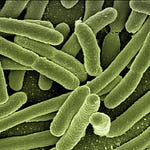Part 1: A Bird’s Eye View of the Kingdom
[W]e look not at the things which are seen, but at the things which are not seen: for the things which are seen are temporal; but the things which are not seen are eternal.
-2 Corinthians 4:18, KJV
Everything that you can see in this world is a part of creation – that wonderful, terrible, awe-inspiring everything that you can see and hear and smell. There is also a good bit of creation that it is impossible to detect with your senses, a part of an invisible unseen realm of the soul; this is a wonderful part of our universe, but not something that we will talk about here because those things are not science. Science can tell us many wonderful and important things about what we can see or hear or smell or touch in some way, so that is what we will talk about here. Those other things will have to be left for philosophy or religion or perhaps a good book.
The most amazing thing about all that we can sense the world is that they are all orderly. Everything from the rocks and trees to the stars and seas can be organized and understood. How can this be when there are so many different kinds of things in the world? It is so because creation has a Creator – the One who made all of those things. Because the Creator is orderly, He made creation to be orderly as well; because creation is orderly, we can understand how the world works. We, too, are a part of creation – a special creature made by the Creator known as a human.
We are mostly going to talk here about the part of creation that is alive. That is what biology is about – the study of life. What does it mean for something to be alive? That can be a hard question to answer, but we will consider it in the next chapter. For now, all we need to know is that things that are alive are known as creatures.
Before we go any further, I want to introduce you to a fantastical world – the Kingdoms of Creation. Imagine, if you will, a world where there are six kingdoms that live side by side with each other. Each kingdom has creatures of a similar kind: some seem to have almost nothing in them, except maybe some green scum (the Kingdoms of Bacteria, Archaea [ar-kay-uh], and Protists), others are filled with silent citizens (the Kingdoms of Fungi and Plants), while just one is a raucous riot of movement (the Kingdom of Animals).
We are going to look at each of these remarkable kingdoms in turn shortly, but for now, I just want you to get the lay of the land, so to speak. To learn our way around, we will start in the most familiar section, the Kingdom of the Animals. I’m sure you know many animals: fish and bugs and snakes and robins and dogs and guinea pigs and many, many others. How many can you name?
Let’s imagine for a moment that we are on one of those robins (or would you rather be on a toucan?) flying over the Kingdom of the Animals. As you are flying, you would see far below you, a great fence encircling the kingdom because all the animals want others to know that this is their home. All around is beautiful country, with lakes and rocks and green hills, for the animals live in many different types of homes.
Dotted through this land are villages, where similar animals live near one other, with each particular type of animal in its own house. Some of these villages are large, with many houses and particular animals, and some are small. There are even some houses which are all by themselves, but I don’t think that they are lonely since they can go and see the other parts of creation as much as they want.
These villages have the lovely name of families of creatures since all of the animals are closely related. Each particular animal type is what we call a species – dogs are a species. What are we to make of the many different types of dogs, such as the Beagle and the German Shepherd? These are what we call breeds or varieties of the same species. You can think of them as living in different rooms of the same house. I imagine that dogs and cats must have huge mansions to have enough room for all their different breeds! Each kingdom has these villages where similar plants, fungi, or bacteria can live together. Let’s go explore the wonders of creation!
Ready for More?
For Older Students:
For Younger Students:
Chapter 2: What Is a Creature?
Welcome to the first installment in the Kingdoms of Creation home education science program. We’re glad you’re here. Each chapter is split into two parts: Part 1 is for younger students (usually K-4); Parts 1 and 2 together are for older students (usually 5-8). The Kingdoms of Creation is a comprehensive biology program. See the full table of contents
Need Something Else?
Visit the Welcome Page
Welcome to the Kingdoms of Creation
A long time ago in land not so far away, the Creator made a world. This world was big and beautiful, wild and wonderful, fantastic and frightening. It was full of amazing creatures like the ping-pong tree sponge (an immobile creature that looks just like its name sounds but eats shrimp in the deep dark of the sea) and the dragon mantis (a large brown …
Or Check Out the Original Post
Chapter 1: The Organization of the Kingdoms
Welcome to the first installment in the Kingdoms of Creation home education science program. We’re glad you’re here. Each chapter is split into two parts: Part 1 is for younger students (usually K-4); Parts 1 and 2 together are for older students (usually 5-8). The Kingdoms of Creation is a comprehensive biology program. See the full table of contents


















Share this post